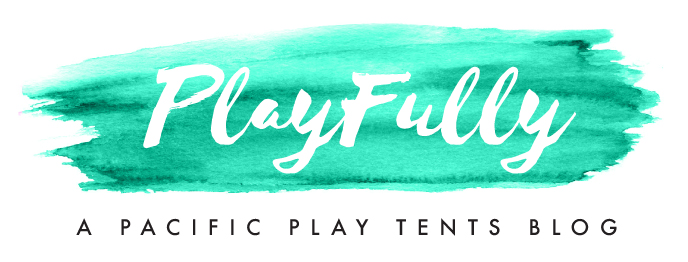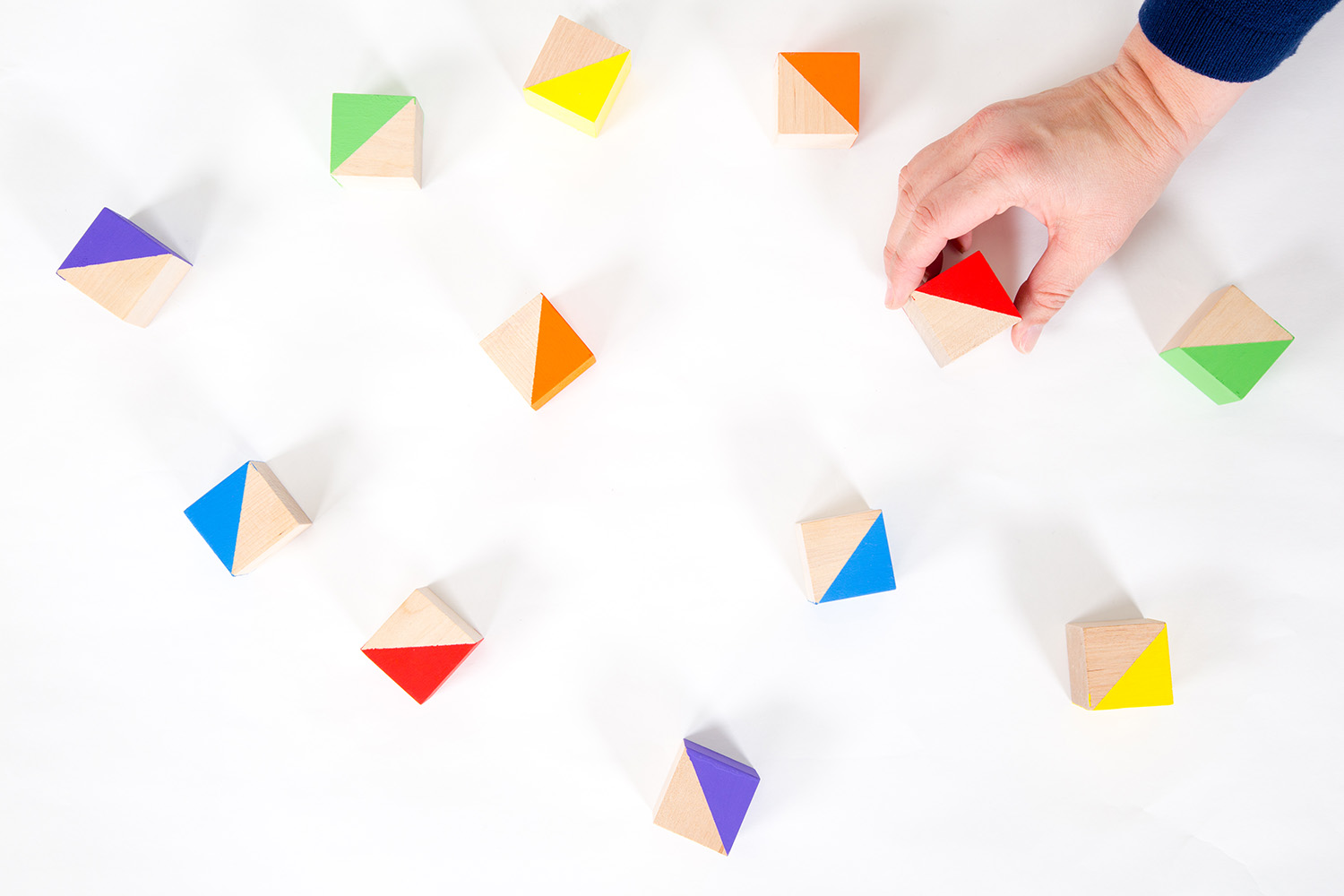What’s red and yellow and blue all over? Primary colors, of course! Today we are taking inspiration from our primary-hued Hide Me Tent and Tunnel Combo and discussing a simple (and stylish!) way to teach basic color theory to kids!

Measuring in at 48″ x 48″ x 42,” our Hide Me Tent and Tunnel Combo is large enough for group play while the easily attachable 4 feet long x 19 inch wide tunnel multiplies the fun for all occupants.

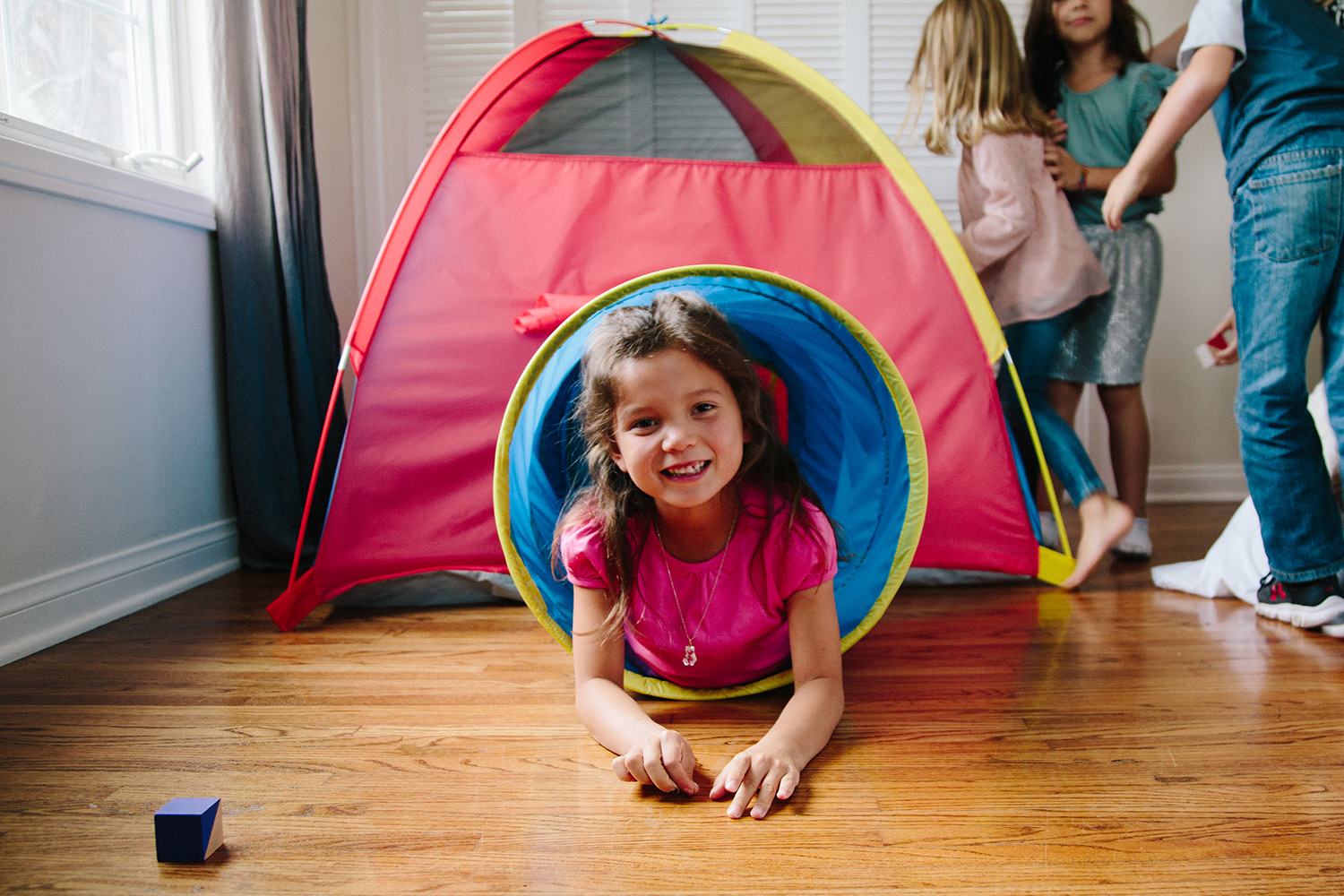
The durable combo system is designed for both indoor and outdoor use and is easy to assemble thanks to our exclusive patented color-coated pole system.


The roll-up flaps for the tunnel junction offer an excellent exercise for honing muscle and motor skill development in a fun and stimulating environment.

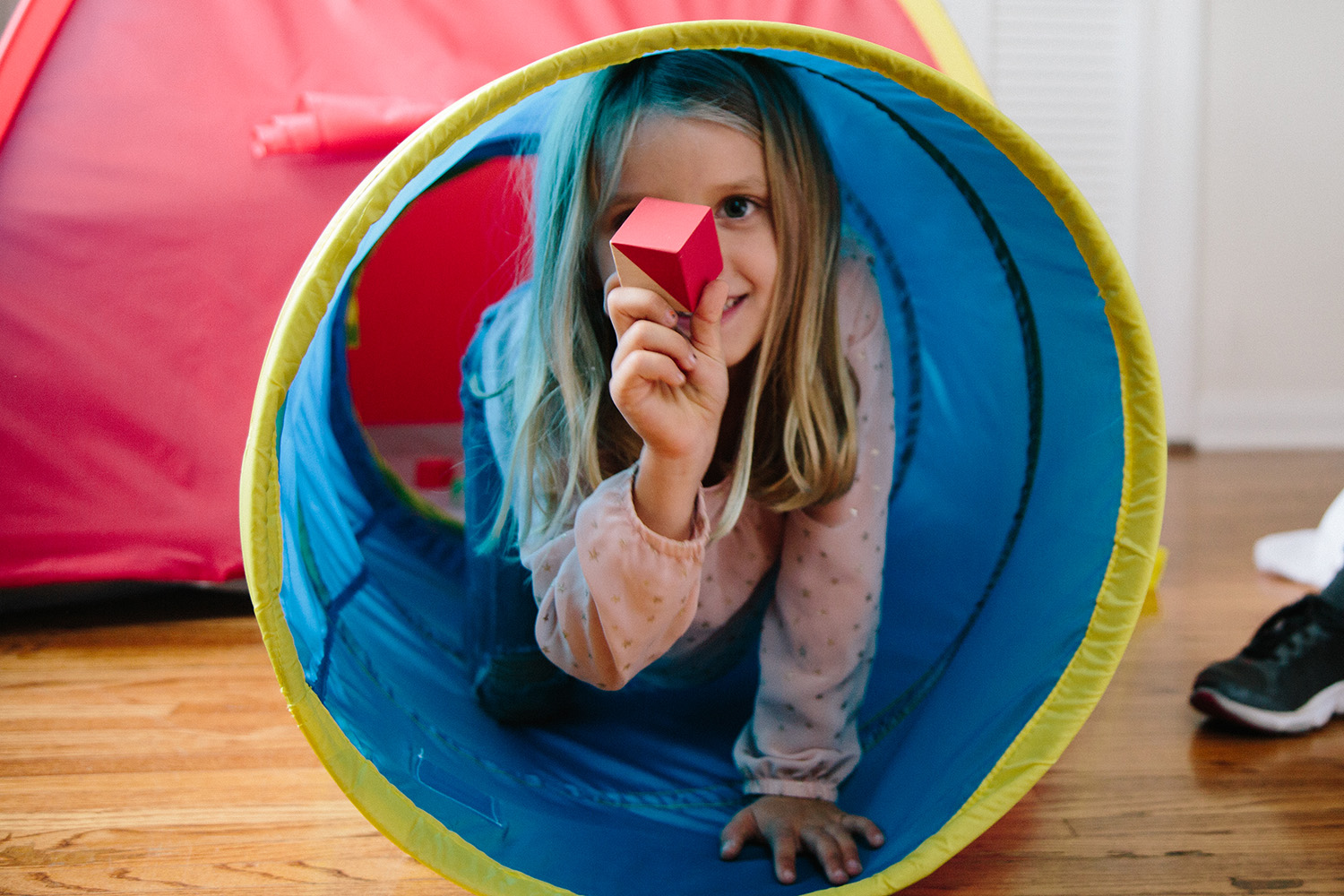
A great way to introduce kids to color theory is through — what else? — play! We are big fans of using art not only as a form of self-expression but as a means of understanding the world around them. Today we are showcasing a quick and easy DIY tutorial for learning about color theory. Here’s what you’ll need:
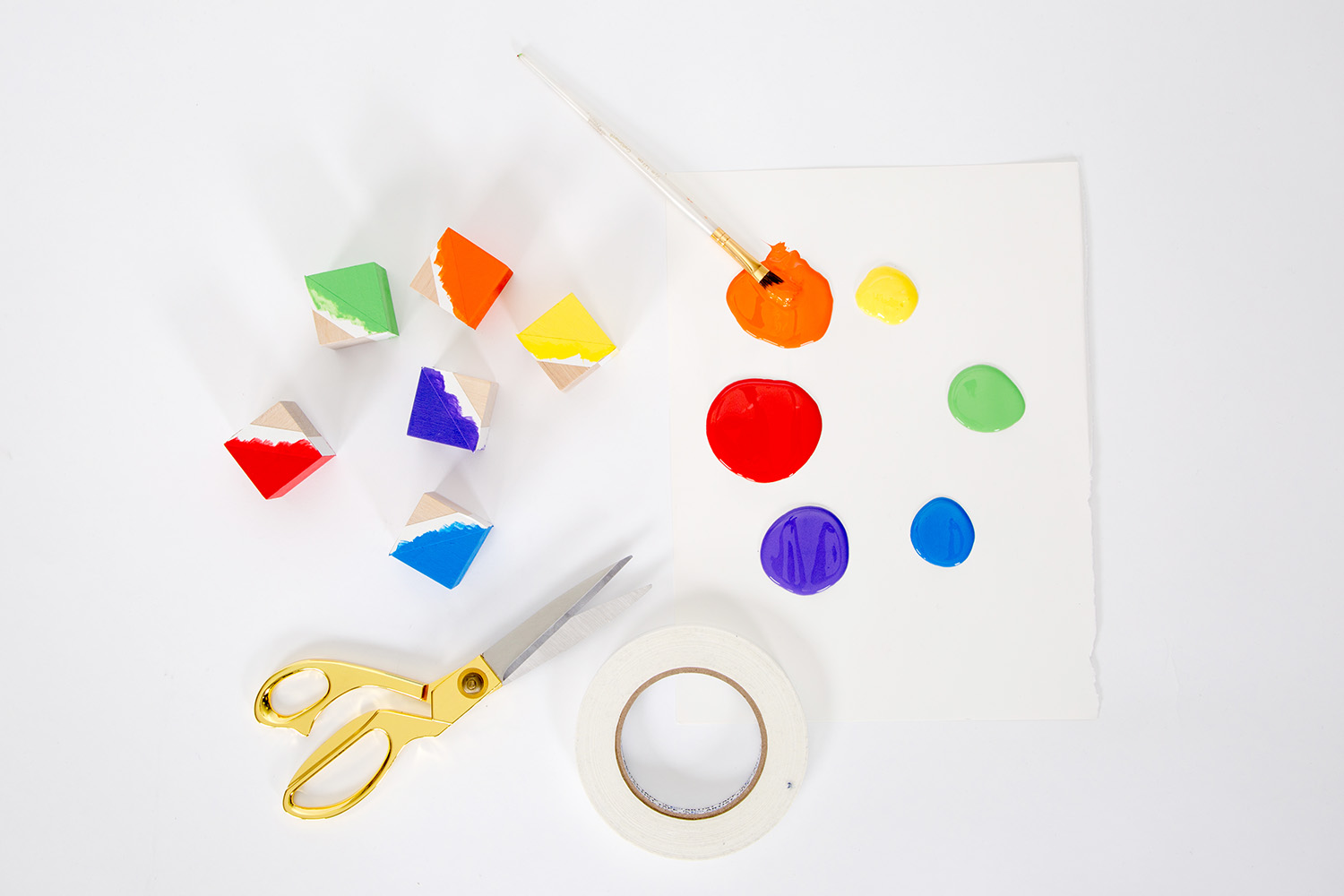
SUPPLIES:
- Square-shaped wooden blocks
- Masking tape
- Acrylic paints in red, orange, yellow, green, blue, and purple
- Paintbrushes
- Scissors
- Free Color Theory printable
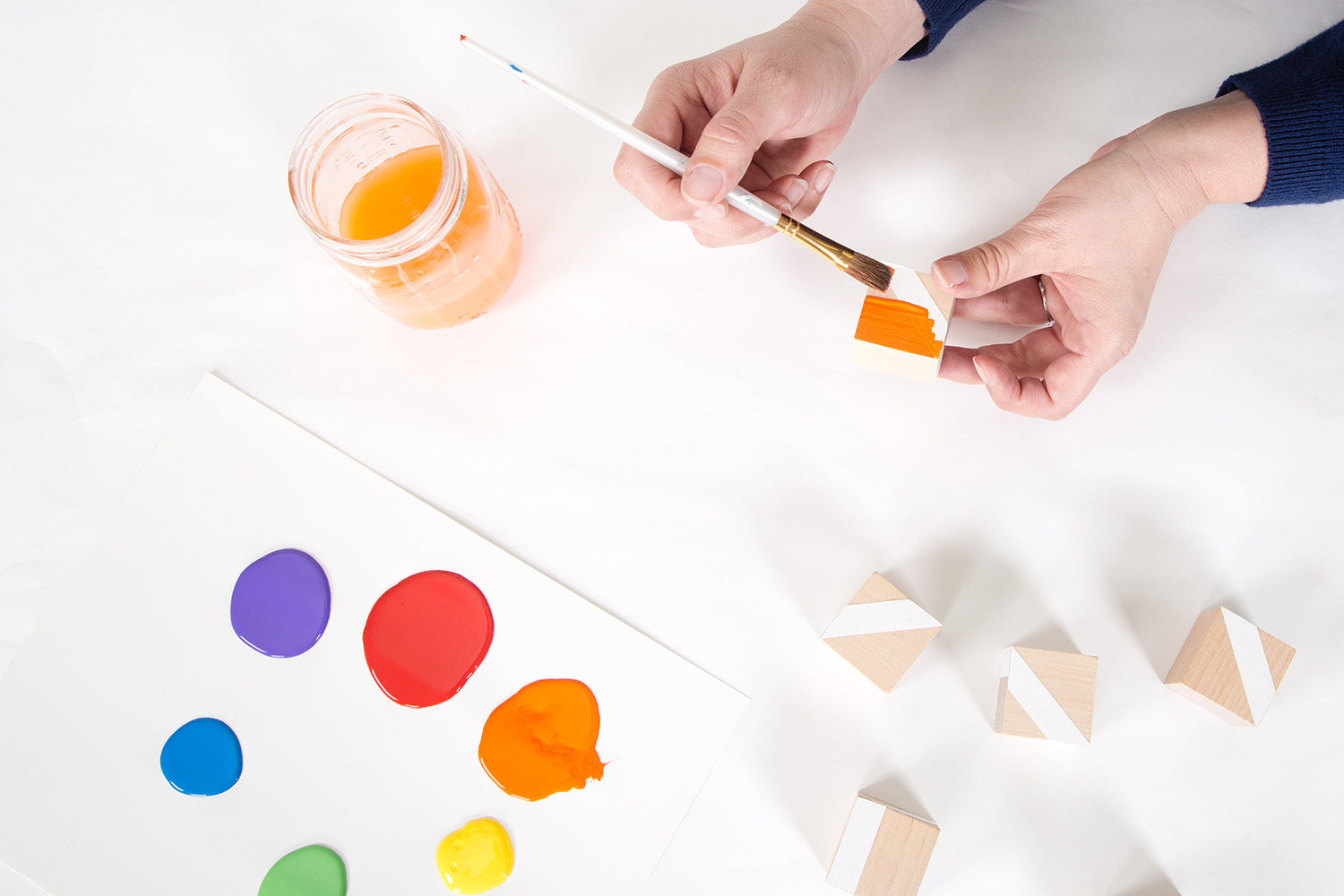
- Begin by placing a long strip of masking tape diagonally across two sides of each block. Paint over all the bare areas and let dry.
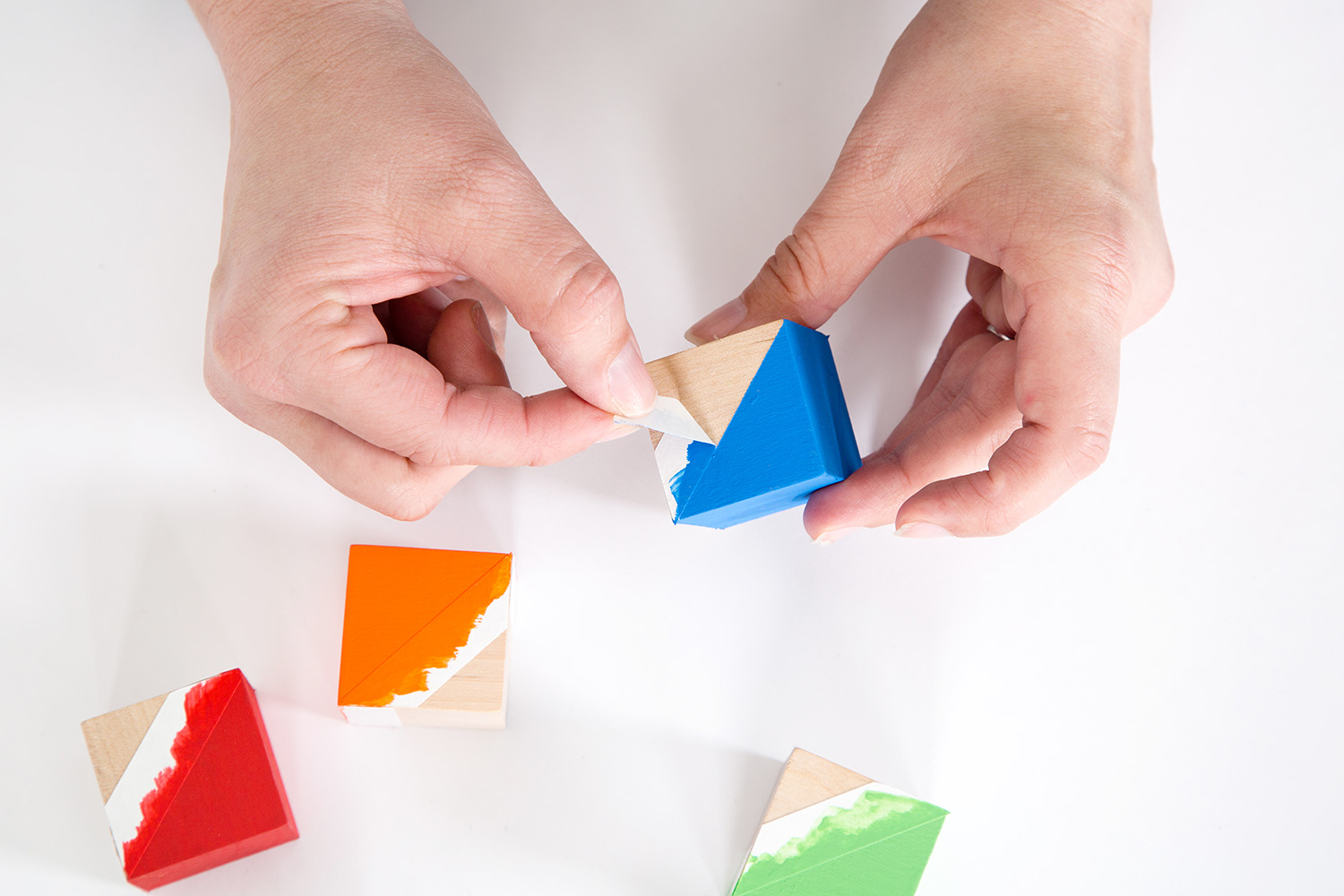
2. Once the paint has dried, carefully remove the tape and discard. Continue the process until all of the blocks are painted in all of the acrylic paint colors.
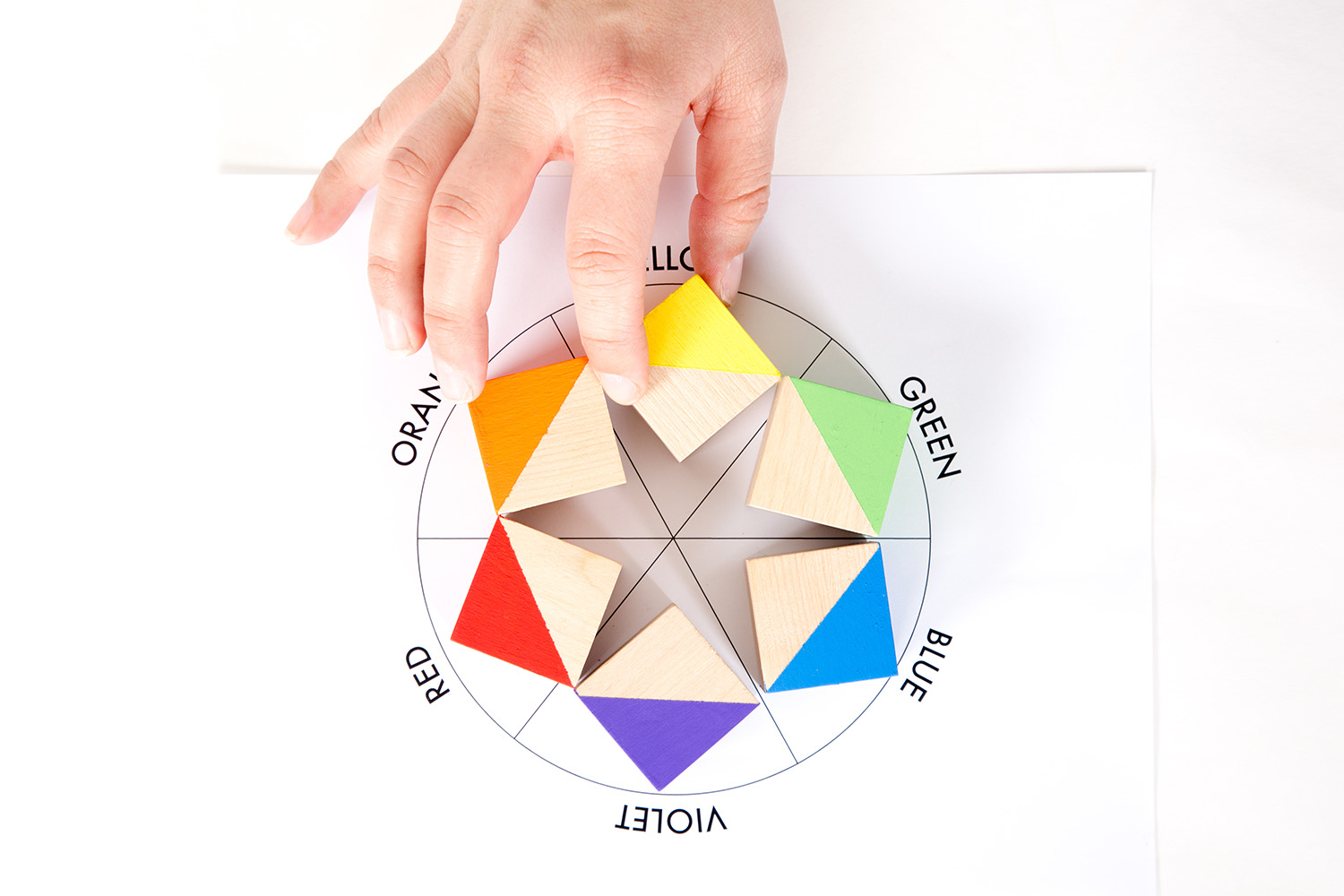
3. Once the blocks are complete, the color theory lesson can begin! Using our printable as a color wheel, place each of the corresponding colors onto the paper. Here are some of the basic tenets of color theory:
PRIMARY COLORS: Red, yellow, and blue. These three colors are the most important because when combined, they create all the other colors on the wheel.
SECONDARY COLORS: Green, orange, purple. These colors are made from mixing any two primary colors.
COMPLEMENTARY COLORS: These are colors directly opposite each other on the wheel, including red and green or blue and orange.
ANALOGOUS COLORS: These include groups of three colors that are directly next to each other on the color wheel, including red, orange, and red-orange.
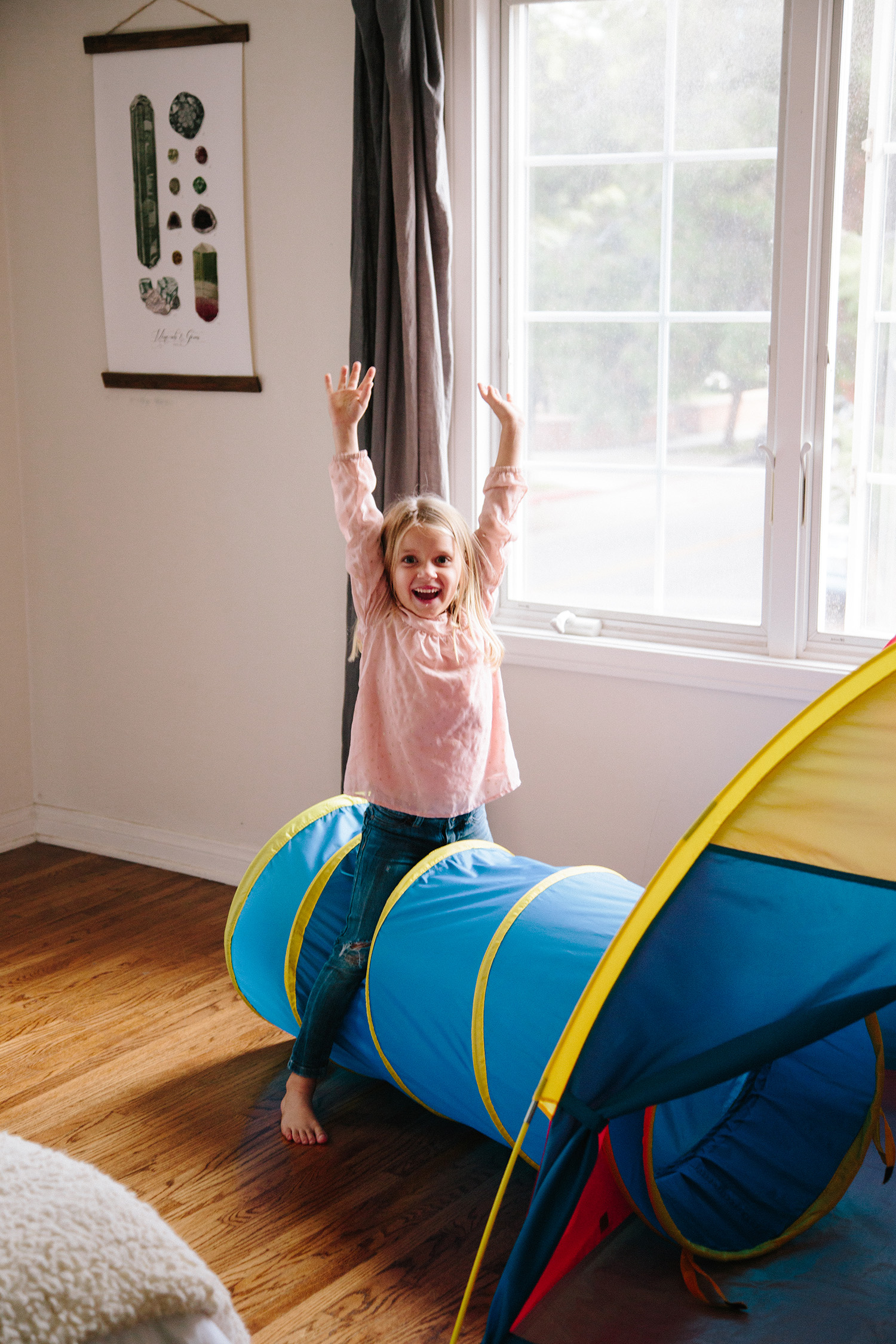
Three cheers for ROYGBIV!
